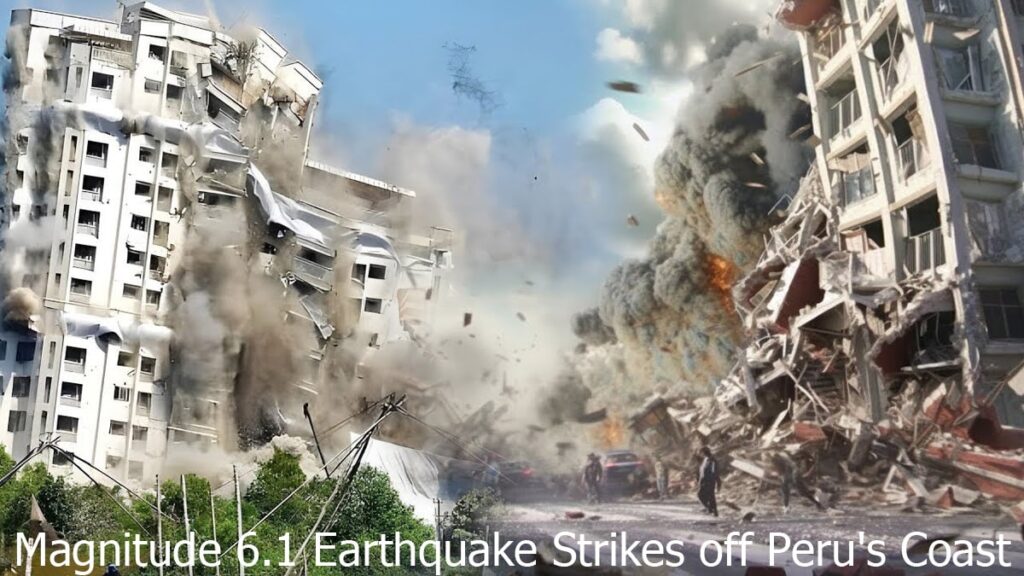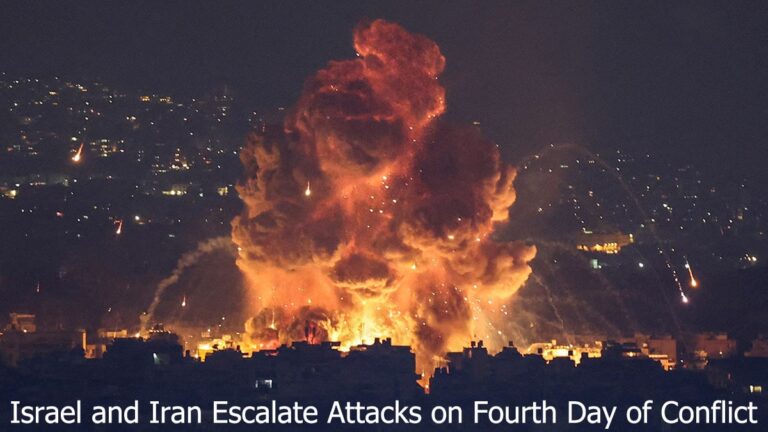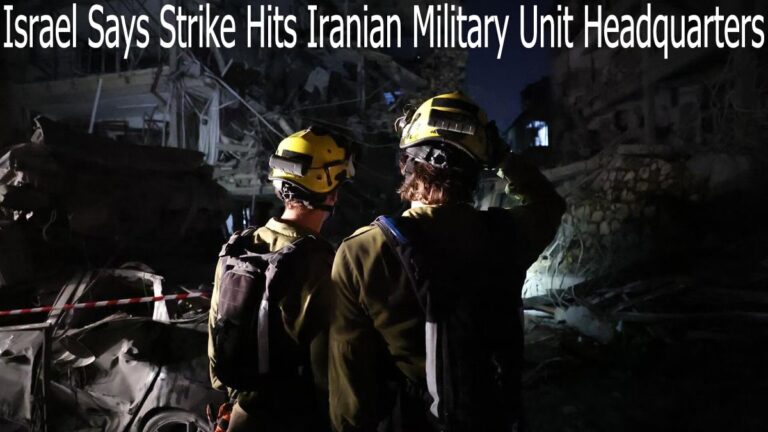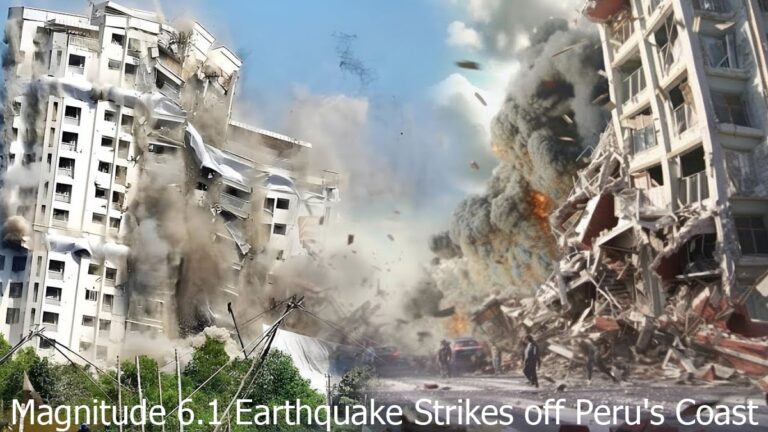
Magnitude 6.1 Earthquake Strikes off Peru's Coast
A powerful earthquake measuring magnitude 6.1 struck off the coast near Callao, Peru, on Sunday, June 15, 2025, at 11:35 AM local time. The tremor shook buildings and sent residents running into the streets across the capital city of Lima, with the shaking felt in nearly every district.
According to the Peruvian National Seismological Center, the earthquake struck 53.5 kilometers deep and 30 kilometers south of Callao.While Peru’s official measurement listed the quake at magnitude 6.1, the United States Geological Survey (USGS) recorded it slightly lower, at magnitude 5.6, reflecting differences in international seismic scales.
Despite the earthquake’s intensity, there was no tsunami warning. Authorities in Peru, alongside the Indonesian Meteorology, Climatology, and Geophysics Agency (BMKG), confirmed that the tremor did not meet the conditions necessary to trigger a tsunami in the Pacific Ocean.
Casualties and Structural Damage
Official reports state that at least 43 people were injured and two people died as a result of the earthquake.
One of the victims died in Lima’s Independencia District after being struck by falling debris while sitting inside a vehicle. The second fatality occurred in the nearby Callao region. Emergency services responded swiftly to affected areas, providing first aid and evacuating residents from structurally unstable buildings.
The earthquake caused considerable property damage:
- Three homes collapsed completely.
- One home was severely damaged, while dozens of others reported cracks and broken windows.
- Thirteen schools and 15 health clinics sustained varying levels of damage.
- The historic Huaca Pucllana archaeological site in Miraflores was also affected, with visible damage to its walls and roof structures.
- Several shopping centers suffered partial ceiling collapses, while power and telecommunications services were temporarily disrupted in multiple areas.
Transport and Emergency Response
The earthquake triggered landslides on some highways leading into the city, blocking traffic and delaying emergency response vehicles. Lima’s Metro system temporarily suspended service following the quake as a safety precaution.
A major football match at Estadio Alberto Gallardo was halted mid-game as tremors rocked the stands. Authorities evacuated the stadium to prevent further incidents, and fortunately, no injuries were reported from the venue.
President Dina Boluarte addressed the nation through a public statement and social media, urging calm and confirming that emergency response teams had been mobilized. “There is no tsunami risk,” she said, “but we ask all residents to follow safety instructions and remain cautious of possible aftershocks.”
BMKG and International Monitoring
In a second advisory, Indonesia’s BMKG confirmed that there was no risk of a tsunami reaching Indonesian land. “Due to the depth and offshore location, there is no need for concern in Southeast Asia,” stated BMKG Chief Dr. Daryono.
The BMKG analysis confirmed the quake was of a thrust fault type, caused by the subduction of the Nazca Plate beneath the South American Plate — a geological mechanism typical in the region.
Seismic Context: Peru in the Ring of Fire
Peru is located within the Pacific Ring of Fire, a vast tectonic zone known for high seismic and volcanic activity. The Nazca Plate, which lies beneath the Pacific Ocean, continuously slides under the South American Plate, generating hundreds of earthquakes each year.
This quake was followed by multiple aftershocks, including events measuring magnitude 3.6 and 4.2, occurring within 24 hours. While these were smaller, they raised concerns about structural stability in already-damaged buildings.
Peru has a long history of deadly earthquakes. The most devastating occurred in 1970, in the northern Ancash region, killing over 67,000 people due to a massive landslide triggered by a magnitude ~7.9 quake.
Conclusion
The June 2025 earthquake serves as a sobering reminder of Peru’s susceptibility to earthquakes. With proper emergency response and continued monitoring, the country aims to minimize loss of life and damage from future events. It is recommended that residents heed local authorities’ instructions and remain vigilant for aftershocks.



